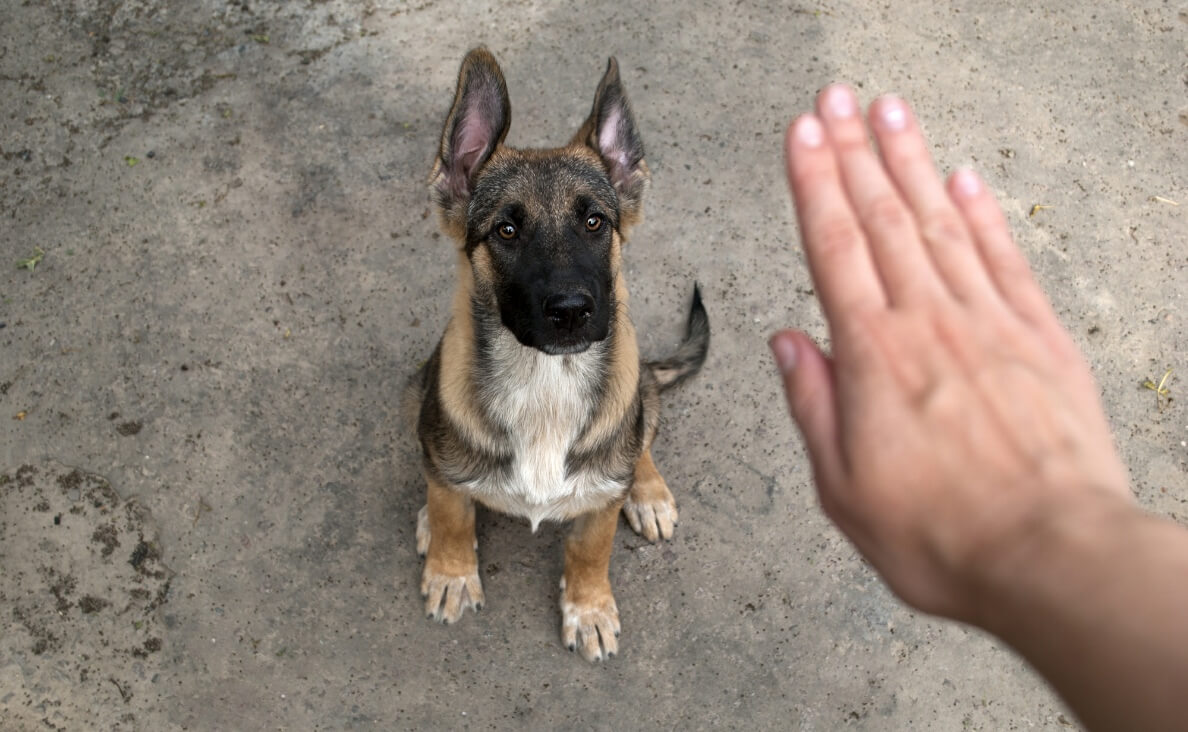
Teaching your puppy the “No” command is a fundamental aspect of their training that fosters a harmonious living arrangement. This command not only ensures their safety but also facilitates a positive human-animal bond. Mastering this directive can significantly enhance your daily interactions, making them more enjoyable and less stressful.
Understanding Puppy Behavior
Puppies learn through direct experience and repetition, making their formative months critical for imprinting behavioral norms. Early training capitalizes on their developmental plasticity, embedding desired behaviors before less desirable ones can establish.
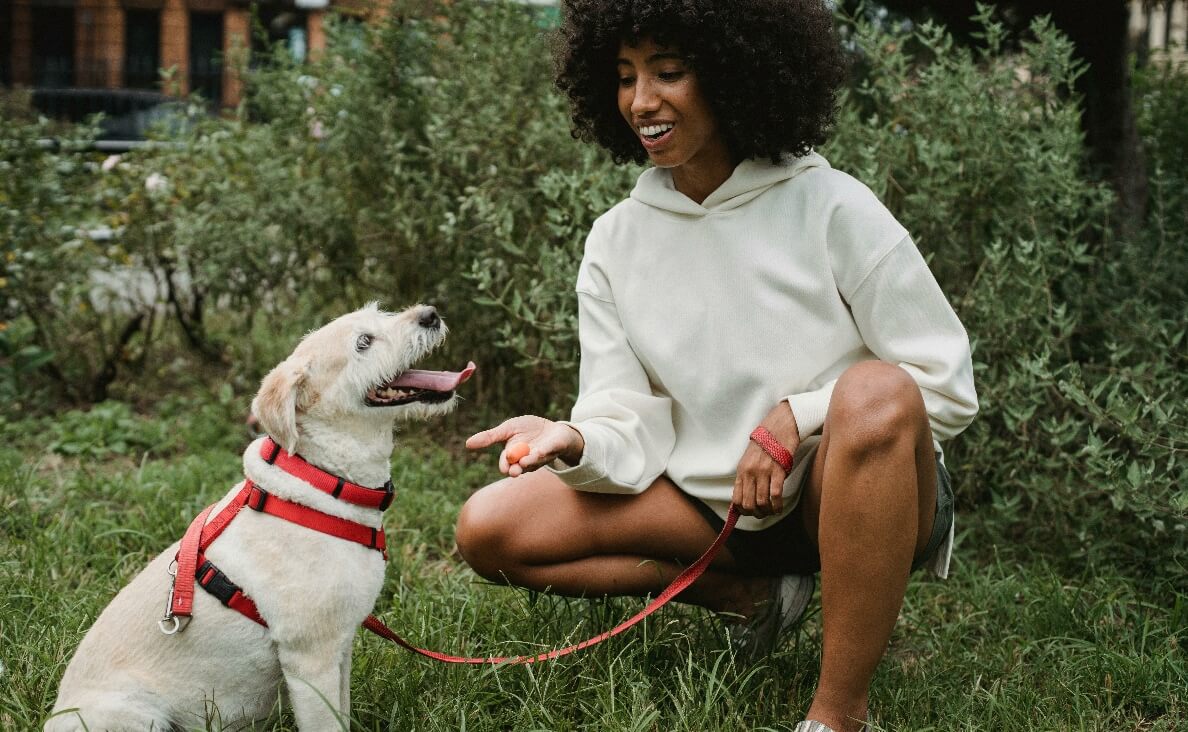
Preparing for Training
Select an environment free from distractions to maintain your puppy’s focus. Essentials include treats for rewards, a leash for control, and ample patience.
Establishing Authority
Consistency is paramount in asserting your role as the alpha in the relationship. This does not mean instilling fear, but rather cultivating mutual respect and trust, which are cornerstones of effective training.
Timing and Attention
Optimal training times are when your puppy is alert but not overly excited. Catching their attention before beginning any session is crucial; a simple call by name or a gentle clap will suffice.
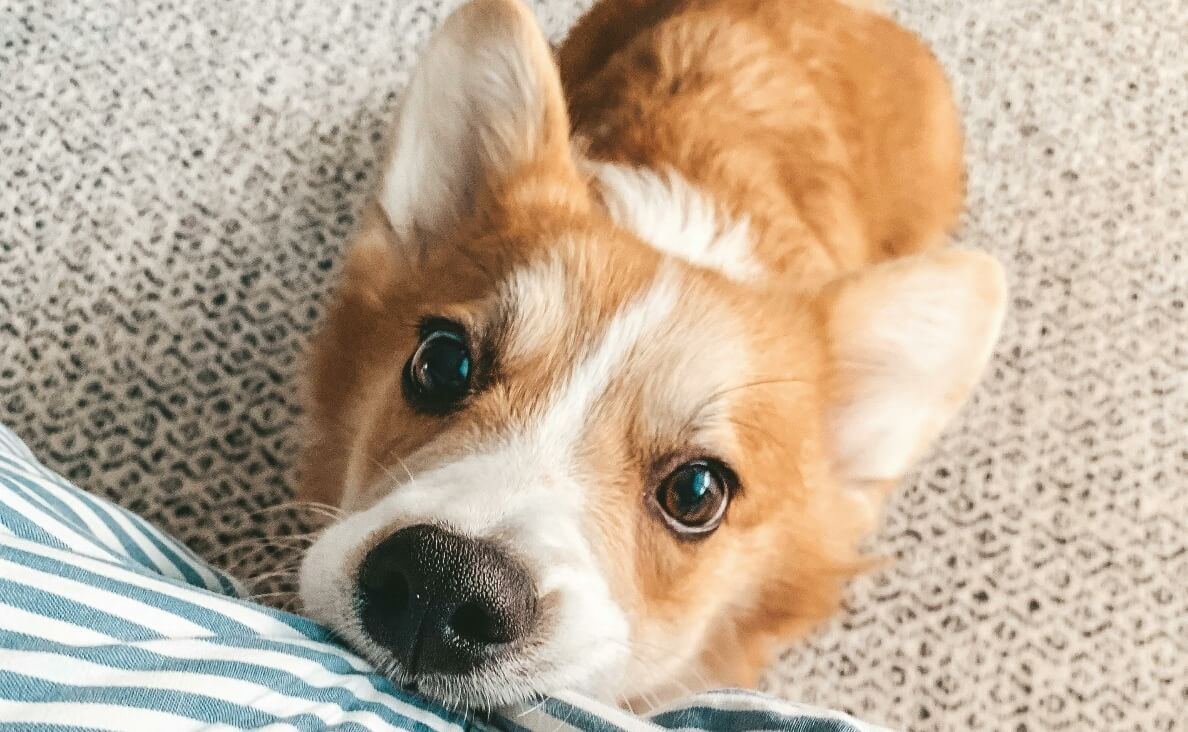
Steps to Teach Your Puppy the “No” Command
-
Introducing the Command
Use a firm, yet calm tone to introduce the “No” command. Accompany your verbal cue with a stern, yet not aggressive, hand gesture — such as an extended hand, palm facing outwards.
-
Implementing the Command
Begin by clearly stating the command in a situation where you anticipate unwanted behavior, like reaching for a forbidden item. If the puppy proceeds, gently intervene physically, if safe. Immediately redirect their attention to a permitted activity and praise them for complying.
-
Positive Reinforcement Techniques
Rewards should be immediate and desirable. Whether it’s a favorite treat or a quick play session, it should directly follow the desired behavior, reinforcing the connection between obedience and pleasure.
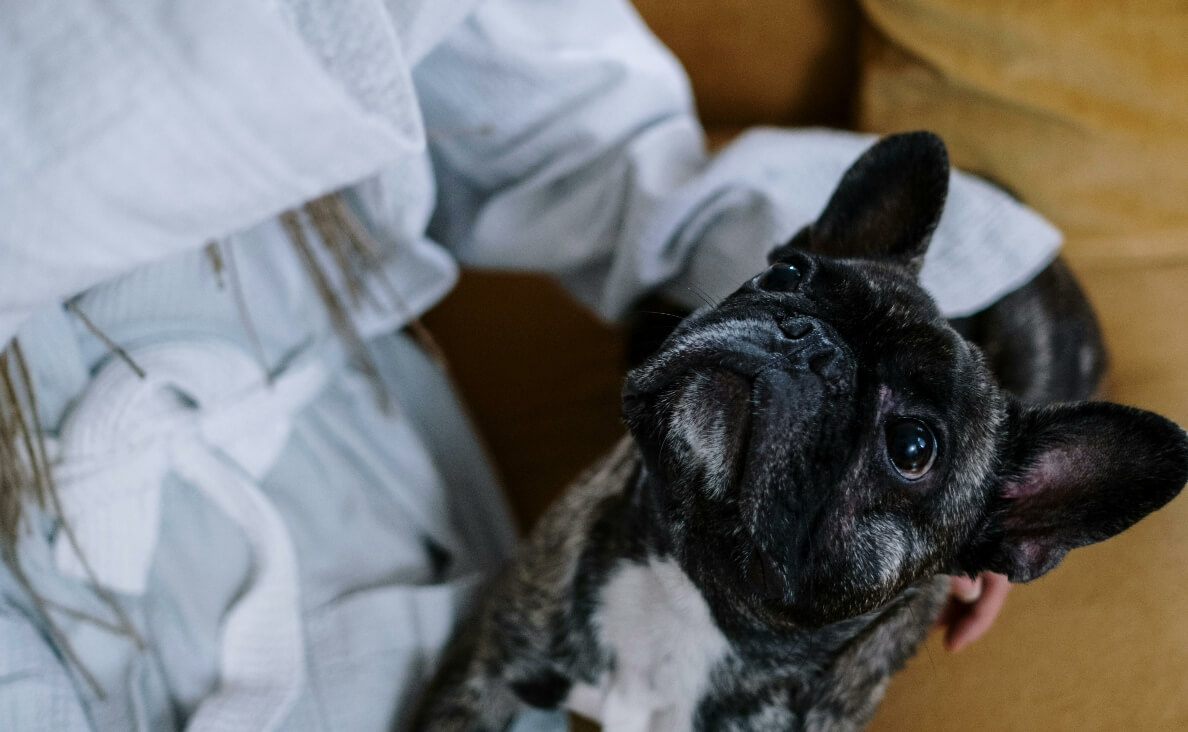
-
Redirecting Negative Behavior
Identify what typically triggers your puppy’s non-compliance. Use these moments to practice the “No” command, guiding them towards acceptable behavior, and reinforcing these with rewards.
-
Consistency in Training
Daily, brief training sessions are more effective than less frequent, longer ones. Each session should last only as long as your puppy’s attention span permits, usually a few minutes at a time.
Dealing with Stubborn Puppies
For puppies that exhibit persistent resistance, tailor your approach. Some may require a gentler touch, while others respond to a more assertive presence. Understand each puppy’s temperament and adjust accordingly.
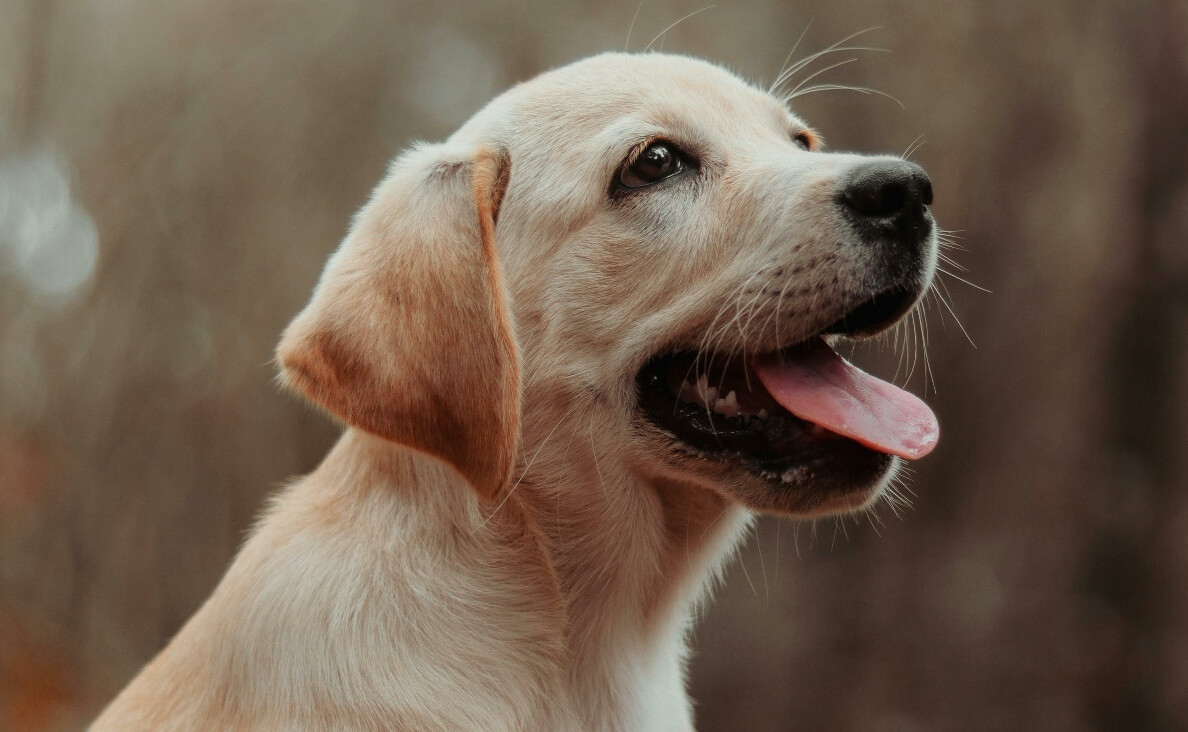
Advanced Training Tips
As your puppy masters the “No” command, begin to introduce variations and challenges, such as executing the command at greater distances or in more distracting environments. This not only solidifies the command but enhances overall obedience.
Socialization and the “No” Command
Socialization is crucial for your puppy’s development. It helps them learn to interact appropriately with other animals and people. Integrate the “No” command into social situations to ensure they behave properly around others. This training also reinforces their ability to focus on you despite external distractions.
Common Pitfalls in Training
One of the most common training pitfalls is allowing frustration to influence the learning process. It’s vital to maintain a calm demeanor and approach training sessions with positivity. Furthermore, it’s important to avoid excessive negative reinforcement, which can lead to fear and a lack of trust.
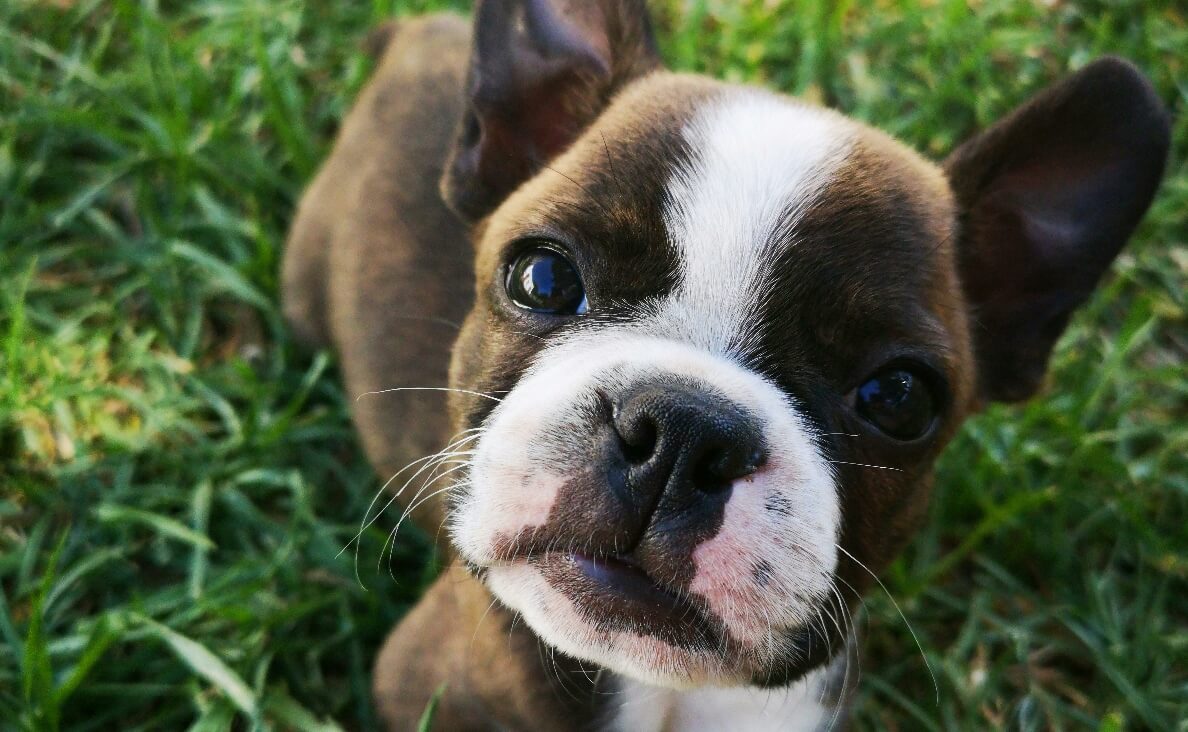
Assessing Progress
Celebrate milestones such as the first successful execution of the “No” command and notice when your puppy starts to respond faster or in more challenging situations. This progress indicates readiness to increase training complexity and duration.
Troubleshooting Common Issues
If your puppy seems to ignore the command, reassess your training environment and methods. Ensure the command has not been overused and confused with other instructions. Clear, distinct commands help a puppy differentiate and respond appropriately.
Maintaining Command Reliability
Regularly practice the “No” command throughout your dog’s life to keep it fresh in their memory. This ongoing practice helps prevent them from ‘forgetting’ the command and maintains their responsiveness.
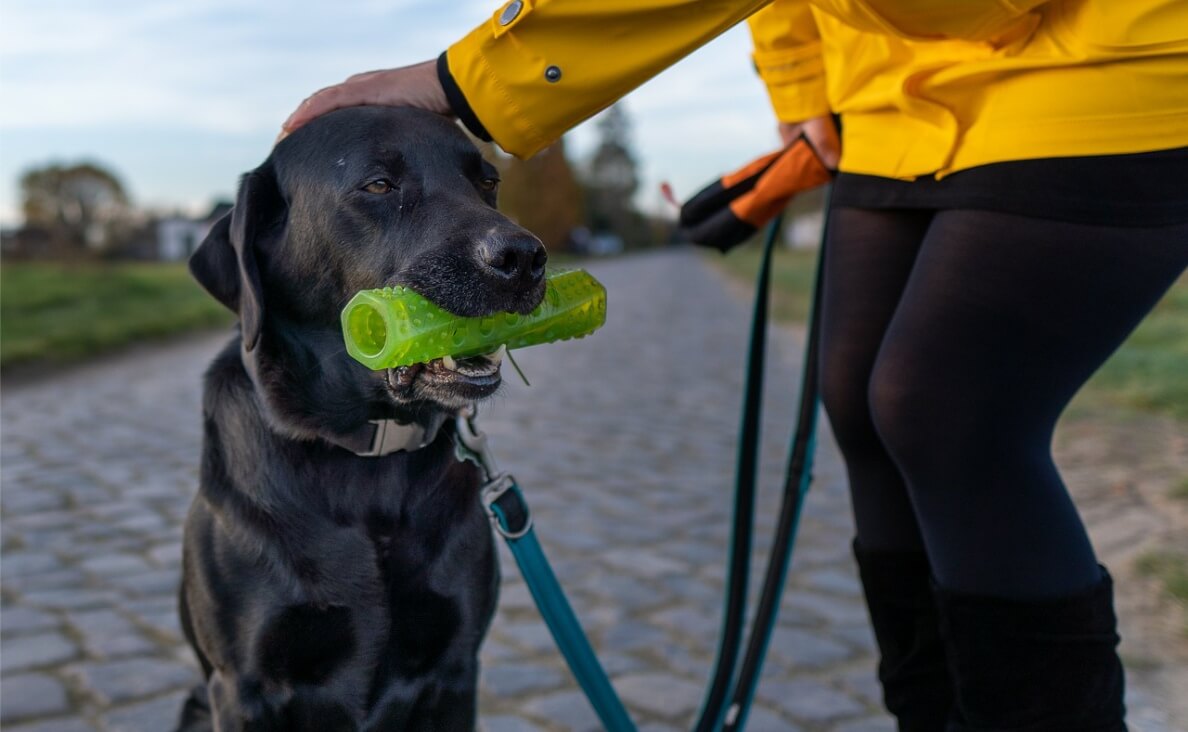
The Role of Family Members
Consistency is key, and all family members should use the same command in a similar tone to avoid confusing the puppy. If children are involved, teach them the appropriate way to command and interact with the puppy, ensuring they also respect the training process.
When to Seek Professional Help
If despite your best efforts, progress stalls or problematic behaviors worsen, it may be time to consult a professional dog trainer. Look for certified professionals with experience in puppy training for the best results.
Final Thoughts
Teaching your puppy the “No” command is a powerful step in your journey together. It establishes boundaries, enhances safety, and improves communication. With patience, consistency, and the right approach, this command can be a cornerstone of your successful relationship, ensuring both safety and mutual respect.
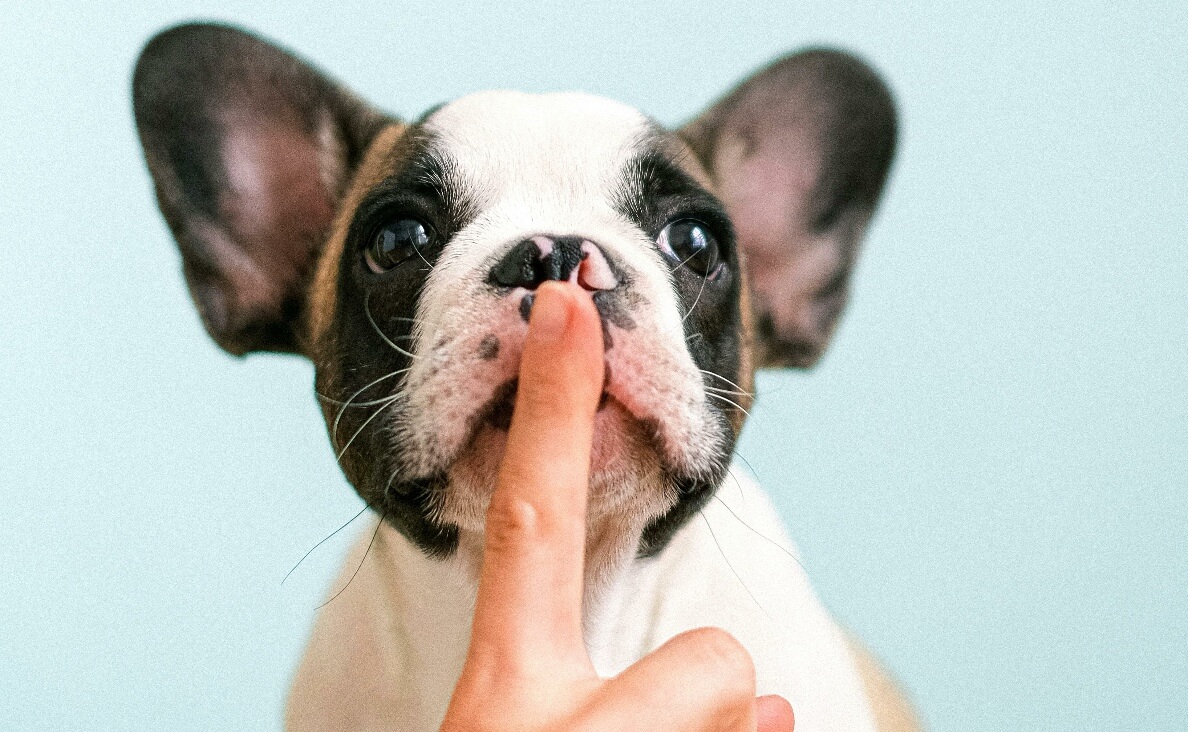
Through dedicated training and a clear understanding of your puppy’s needs and behaviors, you’ll foster an environment of mutual respect and love, laying the foundation for a well-behaved and happy dog.
What advice do you have for someone starting to teach their puppy the “no command”? Please comment below…

 How to Get Your Dog’s Attention Using the “Watch Me” Command
How to Get Your Dog’s Attention Using the “Watch Me” Command 7 Tips to Teach Your Dog to Stop Pulling on the Leash
7 Tips to Teach Your Dog to Stop Pulling on the Leash Teach Your Dog to Put Their Toys Away: A Fun and Practical Guide
Teach Your Dog to Put Their Toys Away: A Fun and Practical Guide Teach Your Dog to Identify Toys by Name
Teach Your Dog to Identify Toys by Name 15 Ways to Enhance Your Dog’s Learning Ability
15 Ways to Enhance Your Dog’s Learning Ability






Leave a Reply